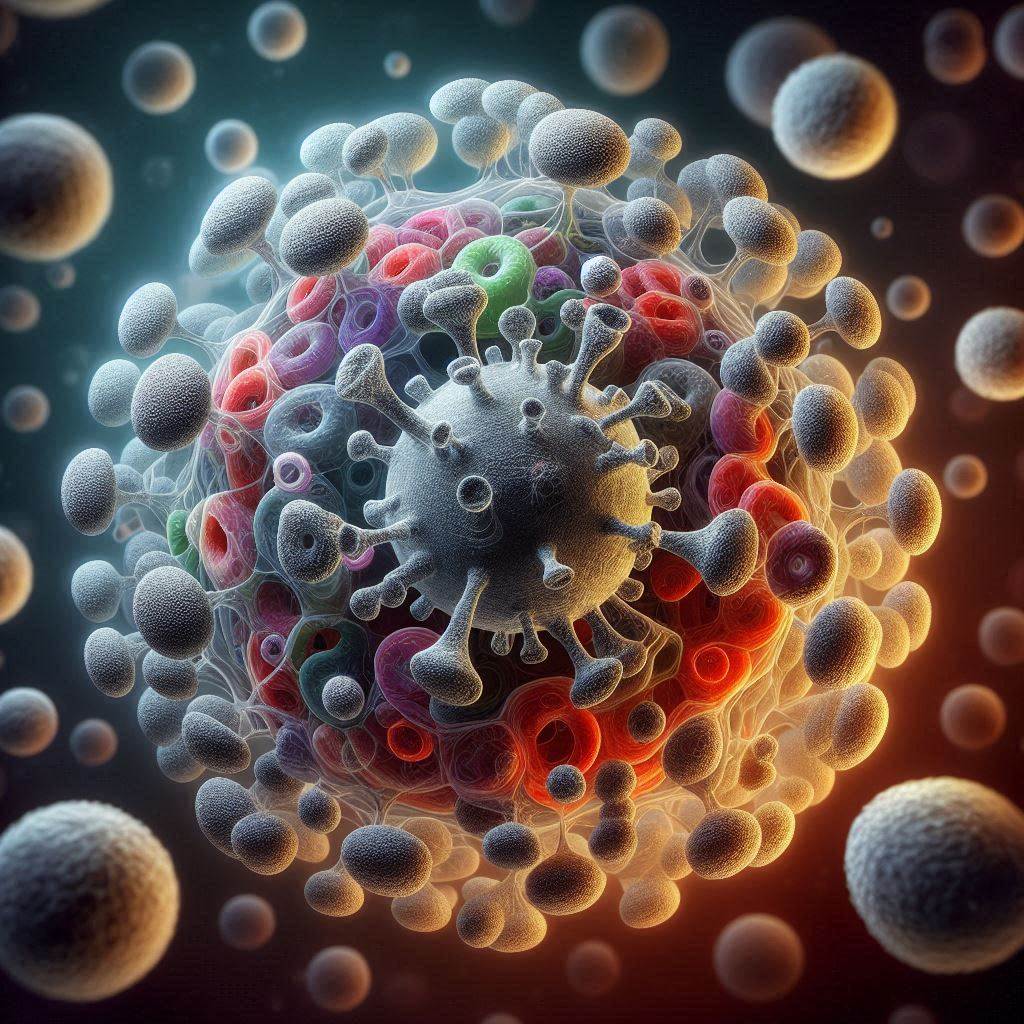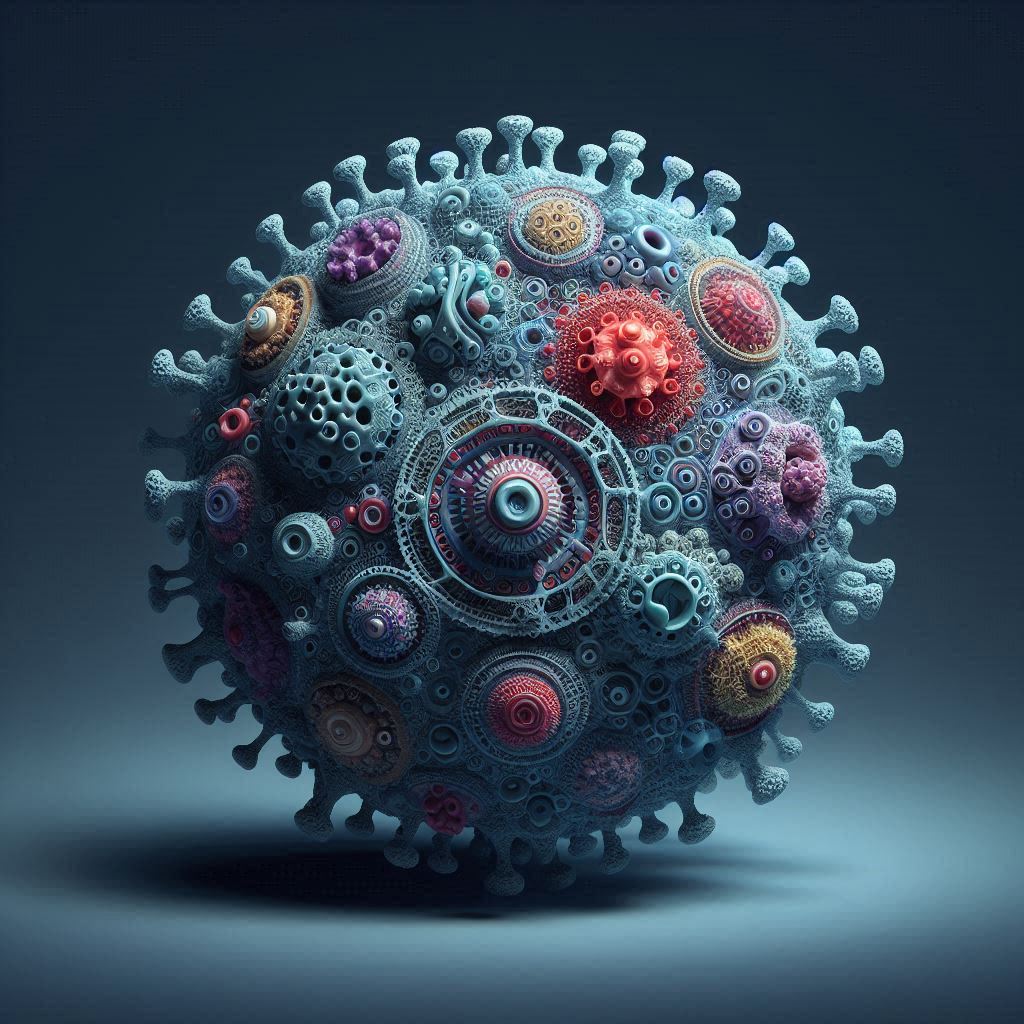Imagine a shadow that changes shape each time you try to grab it — a chameleon in the bloodstream, always one step ahead, always evolving. That’s what the HIV virus mutation is: not just a scientific phenomenon, but a deadly dance of adaptation. If we are to answer the persistent question, “where did AIDS come from,” we must first understand this virus’s secret weapon — mutation.

The First Leap: From Forest to Flesh
The origin story begins deep in the African rainforest, where a cousin virus known as SIV (Simian Immunodeficiency Virus) lived quietly in chimpanzees. This virus was stable in its natural host — not fatal, just present.
But when humans came into close contact — likely during the hunting and butchering of bushmeat — the virus saw an opportunity. The species barrier was crossed. SIV entered a human body.
And it began to change.
That transformation was the birth of HIV. A virus that once belonged to animals adapted to its new environment: the human body. That adaptation came through mutation — tiny changes in its genetic code that made it more compatible with human cells.
This is where we begin to answer the riddle: Where did AIDS come from? It came not just from animals — but from a virus willing to rewrite itself.

Mutation: Nature’s Viral Toolkit
Viruses mutate constantly, but HIV does it faster and more frequently than most. Every time it replicates, it makes mistakes — errors in copying its own RNA. But for HIV, these mistakes are blessings. They become variations that allow the virus to evade the immune system, resist drugs, and adapt to new hosts.
Think of it as a criminal changing disguises at every turn. Your immune system tries to create a “wanted poster,” but by the time it finishes, HIV has already changed its look.
So, when we ask “where did AIDS come from,” mutation is not just part of the story — it’s the plot twist.
From One to Millions: The Expansion of a Mutant Army
Once HIV settled into its new host, mutation allowed it to evolve into different strains. HIV-1 became the dominant global type due to its higher transmission rate, while HIV-2 remained mostly in West Africa.
These strains further divided into subtypes and recombinant forms, each slightly different — some more aggressive, some more stealthy. The virus didn’t just adapt; it multiplied with variation, like an artist painting hundreds of versions of the same enemy, each harder to defeat.
This is why treatments had to evolve too. One-size-fits-all medicine wouldn’t work. And this is also why tracing the question “where did AIDS come from” became more complex — not just one origin, but a chain reaction of viral evolution.
Mutation vs. Medicine: The Ongoing Battle
HIV’s ability to mutate is also why creating a vaccine has been so difficult. A moving target is hard to hit. Scientists work around the clock to study these mutations, trying to stay one step ahead in a race that started decades ago.
Antiretroviral drugs help control the virus, but even then, drug resistance can emerge — again, thanks to mutation. The virus is learning, even inside our bodies.
So when people ask, “Where did AIDS come from?”, the short answer may point to chimpanzees and the forests of Africa. But the long answer is this: it came from a virus willing to evolve, mutate, and hide — a shape-shifting shadow in our blood.
Mutation Made the Monster
The real story of HIV is not just about where it came from — but how it survived. Through mutation, it became stronger, smarter, and harder to stop. That’s how HIV became the virus that leads to AIDS. That’s how it became a global threat.
So next time someone wonders, “where did AIDS come from,” remember: it came from a moment in time, yes — but it also came from the ever-changing blueprint of a virus that refuses to stay the same.


